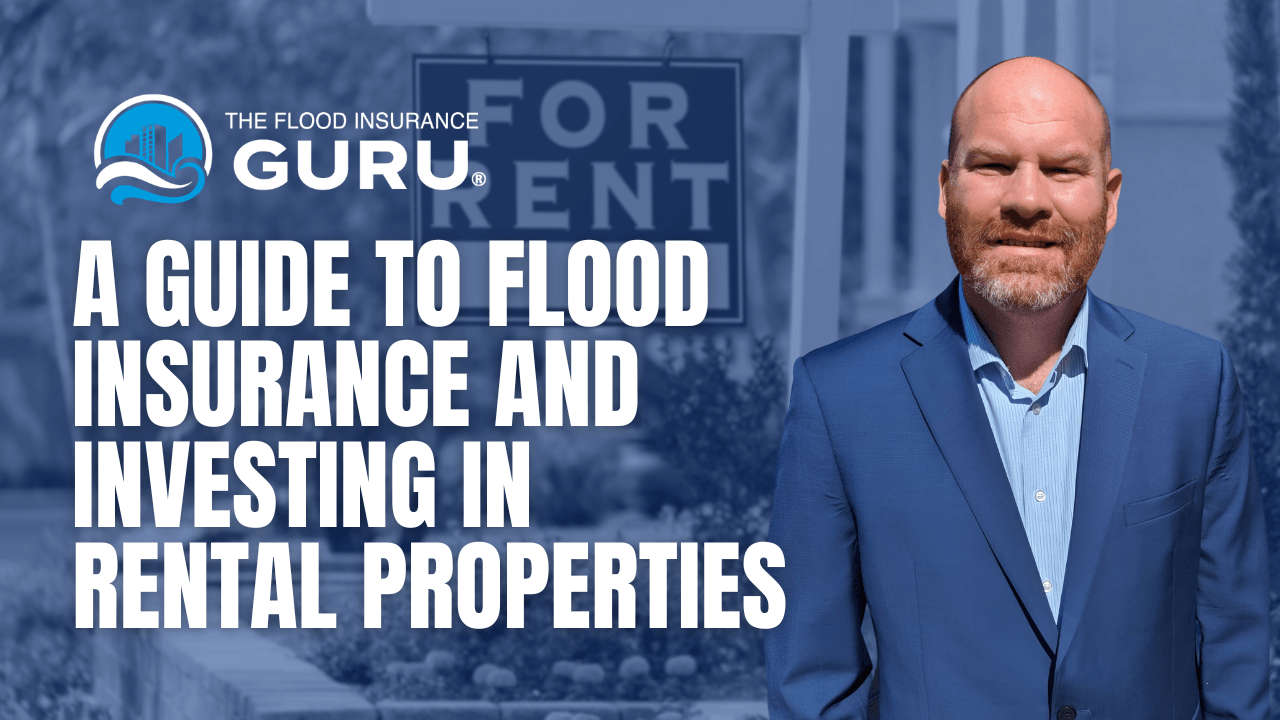A real estate investor in St. Louis faced a significant financial setback due to inadequate flood insurance coverage. Initially, the investor met only the bank's minimum requirement of $200,000 coverage, which was designed to protect the loan amount but not the actual value or income potential of the properties. This oversight became apparent after a devastating flood caused extensive damage to his 12 apartment buildings, each housing about 50 units and generating roughly $50,000 in monthly rent.

The aftermath of the flood left the investor with a loss of around $600,000 in rental income and insufficient funds to repair the buildings, especially the water-damaged basements crucial for utilities like water heaters. To address the financial shortfall and repair costs, the investor had to secure a disaster loan and grant totaling about $2 million, at a low-interest rate over 30 years—a situation that could have been avoided with adequate flood insurance coverage.
This story underscores the critical importance of properly assessing and insuring your property to protect your income and avoid the need for emergency financial measures. Ensuring you have the right level of coverage goes beyond meeting bank requirements; it's about securing your financial well-being and peace of mind in the face of unforeseen disasters.
Selecting Flood Insurance for Rental Properties
Choosing the appropriate flood insurance policy for rental properties involves comparing options from the NFIP and private insurers, with a keen eye on lender requirements, essential for landlords and those invested in real estate. This chapter offers advice on selecting the right flood insurance coverage that meets both investor needs and lender criteria, ensuring the safeguarding of passive income generated from real estate investing.
A huge factor to consider as well is replacement cost vs. actual cash value. What's the difference between replacement cost and actual cash value in flood insurance? Imagine your house needs to be fixed after a flood. If you have replacement cost coverage for a $240,000 home, your insurance will give you that full amount to repair or rebuild it. This kind of insurance can go up to $250,000, but private insurers might offer more. Actual cash value, though, takes the amount it would cost to fix your house and subtracts how much the house has aged and worn out. So, you get money based on the older value of your house, not what it costs to make it new again.
Property Improvements and Lender Requirements
Making improvements to properties within flood zones can significantly impact insurance rates and lender decisions, a vital concern for landlords and property managers. This section discusses navigating floodplain management guidelines for property improvements that enhance property value and attract tenants while complying with lender requirements for insured rental properties.
Transferring Flood Insurance When Selling Investment Property
For real estate investors looking to sell their rental properties, understanding how to verify and communicate a property's flood risk is crucial, impacting property tax and valuation considerations. This chapter addresses preparing for potential renter inquiries, ensuring smooth transfer of flood insurance policies to new owners, and meeting lender policies, thereby protecting your investment and ensuring continued passive income for the buyer.
Conclusion
The goal of this blog is to guide you through the essential aspects of securing and profiting from rental properties through effective management of flood insurance and bank requirements, which are fundamental to successful rental property investing. For investors dedicated to generating passive income through real estate investment trusts or direct property management, understanding these dynamics is key to successful investment in rental real estate.





